- HubPages»
- Travel and Places»
- Visiting Europe»
- United Kingdom»
- England
Murderous Brick Lane Curry in London's East End
Brick Lane London World Famous Curries
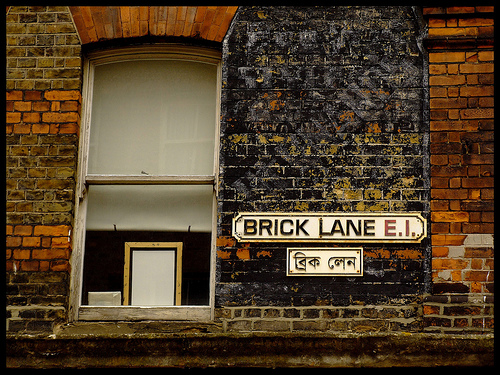
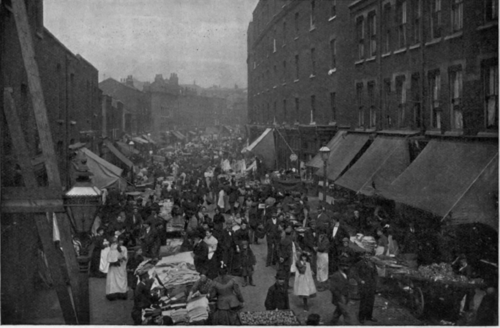
Sherlock Holmes Versus Jack The Ripper XBox360
Michelin Star Curry
When we told friends that for Valentine's Day this year, we were going to Whitechapel's Brick Lane, a few eyebrows raised. Whitechapel is the locale of the Jack The Ripper Murders and has the international reputation of being somewhat creepy because of this.
Brick Lane has always been on my list of places to investigate in the big town; there is much more to London than Covent Garden, Soho and Harrods, and so much history in the East End. Brick Lane is very close to the location of the Olympic Village, and we figured hoards of tourists would book up all the curries in summer this year, so we had better get ourselves along.
Home To Sherlock Holmes and Jack The Ripper Victims
Local Londoners are a bit scared of venturing to the East End. Anyone who has watched Eastenders would think it was full of gangsters, criminals and sordid crimes. There is even a video game called Sherlock Holmes versus Jack The Ripper, embodying Arthur Conan Doyle's fictional character's obsession with all criminal goings on in Whitechapel.
This reputation for being the "other half" began in the 16th century, when Whitechapel became a popular area for industrial factories. The image of smoking streets and polluting mists appear in photographs of the area at the time.
1880s Whitechapel inpired "Dickensian" descriptions of London, with the author, Charles Dickens, famous for using the locations, landmarks and streets of Whitechapel as examples of poverty, filth and despair that trapped many Londoners of the time.
Queen Victoria and Prince Albert (the consort) opened the V&A building in 1852; celebrating the glory of the British Empire, forever to house treasures of art and culture from across the Commonwealth.
Life in London's West End, where the museum marked an invisible border to the area we know as Mayfair, must have seemed a million miles away to those who grovelled through the dank grime of Whitechapel life. The East End E1 postcode divided London by class and geography.
St Mary's Matfelon Burned to The Ground In 1880
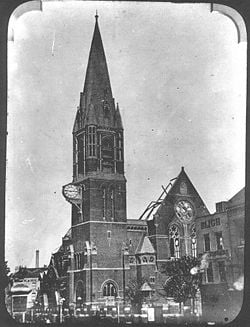
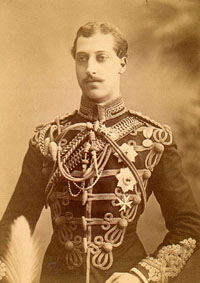
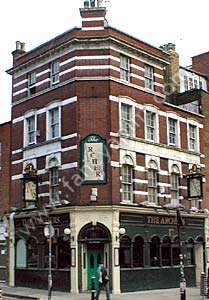
Walking And Dining Next To Jack The Ripper Sites
I'm not superstitious, but I did feel a sense of evil in Whitechapel. Jack the Ripper was never arrested, and killed a lot of women with knives, disembowelling them, and doing disgusting, ritualistic things to cause maximum pain. It is as if 1880s London still remembers, and the spirits of tormented women request justice upon the very air you are breathing.
Seeing horror films does not prepare you for being in the presence of a murderer's playground. Ripperologists detail how he chose to murder his victims in areas of low socioeconomic wealth, leading to the supposition that he was well-to-do.
The 1880s was a time of extreme poverty in Whitechapel, as the streets swelled with overcrowding; the result of mass immigration of Irish and Jewish settlers. Jack The Ripper might have chosen Whitechapel as his killing ground, as it was crowded and contained many female prostitutes who made up the majority of his victims.
Published at Casebook: Jack the Ripper; is an interesting quote from Whitechapel's newspaper entitled Whitechapel Road on a Saturday Night (1862) where the writer comments that "Unfortunately for them [sic local residents], they cannot afford to devote sixpence each week out of their scanty earnings towards the support of an organisation to protect their interests."
Whitechapel was part of the London Metropolitan Police, who had formed the Criminal Investigations Division (CID) ten years before, in response to a series of corruption allegations against police detectives. A Special Irish Branch formed in 1883 to investigate terrorist attacks by irate Fenians; who had taken to dynamiting public buildings. I wonder about the destruction of St Mary Matfelon in Whitechapel in 1880? (pictured right). Could it have been a political protest that a public building of such wonder existed alongside the crushing poverty of Whitechapel's Irish immigrant residents? Could the Ripper be a churchgoer? A respectable citizen gone vigilante serial killer?
Whitechapel derives its name from the white stone chapel of St. Mary Matfelon first built in 1329. After the 1882 rebuild it was bombed in 1940, like so much of the East End, and finally demolished in 1952. Today, there is no trace of the church that gave rise to the name.
Jack The Ripper began a killing spree of women in 1888. Many were Irish and in poverty. You can see why out of the 100 or so suspects of the time, the public latched onto the idea that the murderer might be from society; the police force itself; even royalty were suspected!
Curry Houses Disguise Old Murder Sites
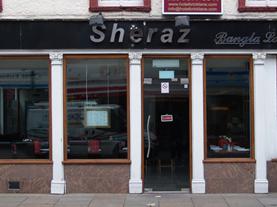
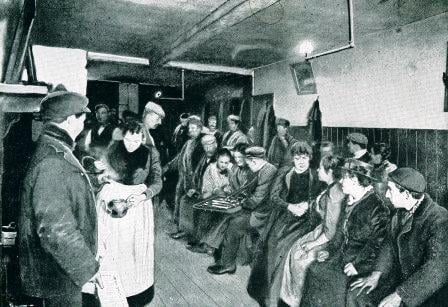
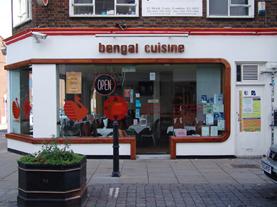
Plenty Of Curry But No Pubs In Brick Lane
The Frying Pan Inn was located at No 207 Brick Lane in the 1880s. This is where Mary Ann Nicholls (known by the name "Polly" to her customers) used to drink. She met her house mate Emily Hollands outside, and this was the last time she was seen alive. The pub was a famous haunt for prostitutes plying their trade, and drinking their profits.
The actual location of the Frying Pan Inn today is No 13 Brick Lane, which as you walk from The Archers along past the Brick Lane E1 sign, is only a few curry houses down to your left.
I wonder if the connection to prostitution, pubs and Ripper murders is why there are no drinking establishments on Brick Lane itself? At least not from where we could see. The Archers Pub sits facing the start of Brick Lane, as Osborn Street used to be just a "Dirty Lane" in the 1880s. Goodness knows what went on down the dark dirty lane back then.
Valentine's Curry In A Dead Girl's Seat
We left The Archers to locate our pre-booked restaurant Bengal Cuisine and the address reads 12 Brick Lane. Hang on a minute ...
Number 13 Brick Lane has been converted into a curry house known as Sheraz. The Sheraz owners decided to offer bed and breakfast accommodation above the curry house. I hope it is with complete ignorance of The Ripper mystery, and the rife rumours that The Frying Pan Inn was where he hung out and rented his victims. Hmm how charming. Wonder how the guests sleep at night?
We arrived at the Bengal Cuisine at No 12 Brick Lane, and to my relief it was diagonally opposite the Sheraz at No 13. It did occur to me though, that from my view out the window, I would be staring at the spot where poor Mary Ann Nicholls was last seen before her brutal death at the hands of Jack the Ripper.
I think many tourists dine in Brick Lane blissfully unaware of precisely how close they are to all those grisly murder spots. I can tell you for a fact though, and from my heart, that there is a palpable sense of evil doings in the air itself. Still though, the thrill of being near all those Ripper victims may see us rushing back for a murderous Brick Lane Curry in London's East End - keeping our wits about us of course!









